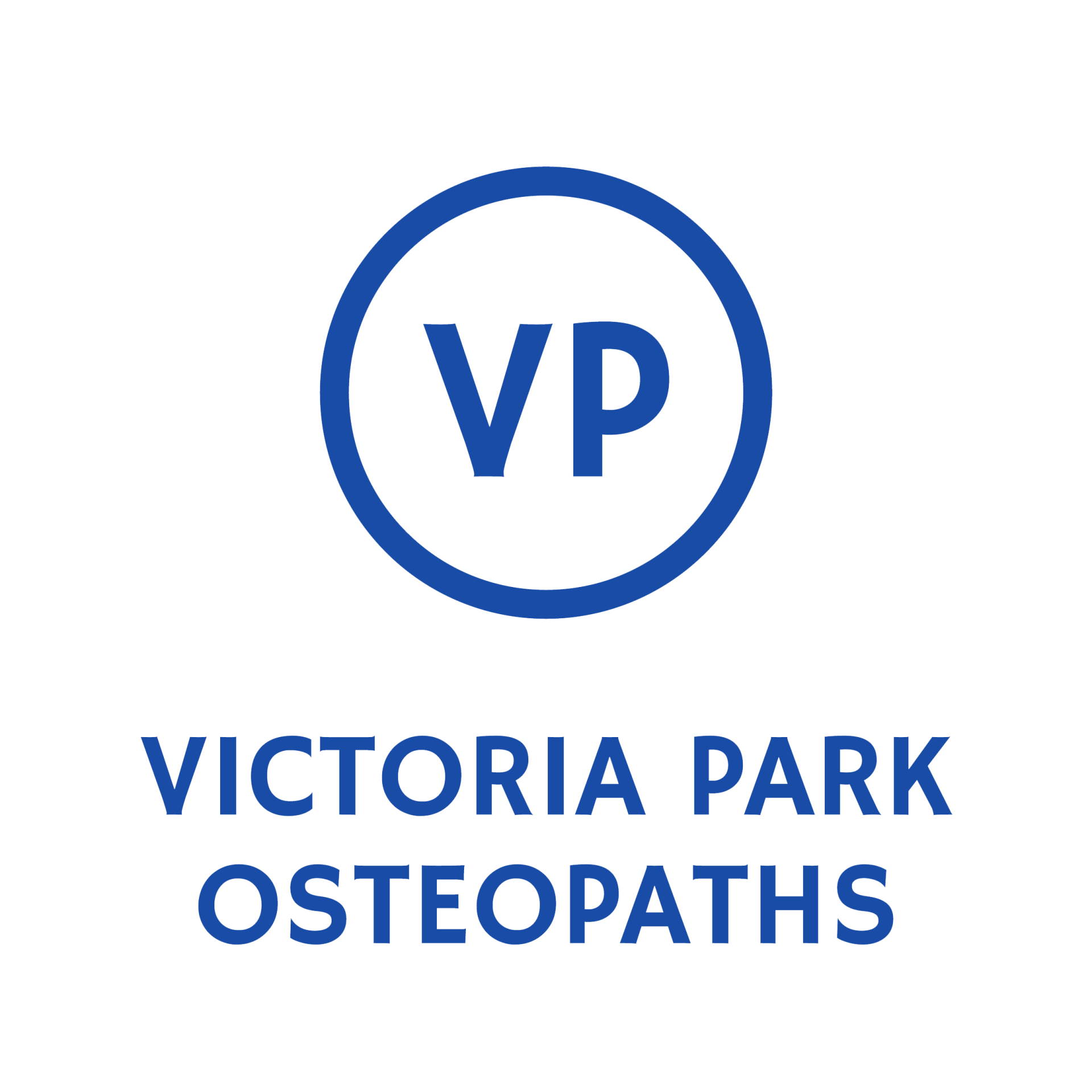What is Knee Osteoarthritis?
Knee osteoarthritis is a degenerative joint condition where the cartilage covering the ends of the thigh bone, shin bone, and behind the kneecap becomes worn or thinned. As this protective layer breaks down, the joint can become painful, stiff, and inflamed. The surrounding muscles, ligaments, and joint capsule may also be affected over time.
It is a common condition, particularly in adults over 50, but can appear earlier due to injury, joint stress, or biomechanics.
Symptoms & What You May Experience
You may notice:
- Pain in or around the knee joint, often worse with movement or weight-bearing
- Stiffness, especially in the morning or after sitting
- Swelling or a feeling of fullness around the knee
- Reduced range of motion
- Clicking, grinding, or creaking sensations (crepitus)
- Difficulty with stairs, walking, or kneeling
- A feeling of giving way or weakness
- Flare-ups after activity or prolonged use
Symptoms often fluctuate, with good and bad days.
What causes Knee Osteoarthritis?
Knee osteoarthritis develops gradually due to joint wear and biomechanical factors, including:
- Age-related cartilage degeneration
- Previous knee injury (e.g. ligament tear, meniscus damage)
- Repetitive stress from manual work or sport
- Muscle weakness or imbalance (e.g. quads, glutes, calves)
- Excess body weight increasing joint load
- Joint malalignment (e.g. knock-knees, bow-legs)
- Inflammatory processes or genetics
Often a combination of mechanical and lifestyle factors contribute.
How We Help (At Victoria Park Osteopaths)
Our aim is to reduce pain, improve function, and slow progression. Treatment may include:
- Manual therapy to improve joint mobility and reduce stiffness
- Soft tissue techniques for surrounding muscles and fascia
- Strengthening exercises targeting the quads, glutes, hamstrings, calves, and core
- Mobility and flexibility programmes to maintain range of motion
- Gait and movement retraining to reduce joint strain
- Advice on pacing, activity modification, and joint-friendly exercise
- Supportive strategies, e.g. taping, bracing, or footwear guidance
- Education on flare-up management and long-term maintenance
We work to enhance joint support, reduce irritation, and maintain mobility.
Recovery Time & What to Expect
- While osteoarthritis is not reversible, symptoms can often be significantly reduced within weeks of treatment and exercise
- Consistent strengthening and load management improves long-term function
- Many people continue daily activities comfortably with proper management
- In advanced cases, we can support referral for imaging, injections, or orthopaedic opinion if needed
When to Seek Medical Review / Red Flags
You should speak to a GP or specialist if you have:
- Sudden, severe, or worsening pain
- Significant swelling, redness, or heat
- Locking, catching, or giving way
- Night pain that disturbs sleep
- Recent trauma or suspected fracture
- Fever or signs of infection


